Birds in Massachusetts
Commonly Confused Birds
Some birds are so distinctive that they're a breeze to identify. Others aren't so easy. Be sure to review these commonly confused birds found in Massachusetts so your sightings stay accurate.
Hairy Woodpecker vs Downy Woodpecker
Hairy woodpeckers (9¼”) are much bigger than downy woodpeckers (6¾”), and their beaks are considerably longer in relation to their head. Also, downy woodpeckers typically show small, dark bars or spots on their white, outer tail feathers.
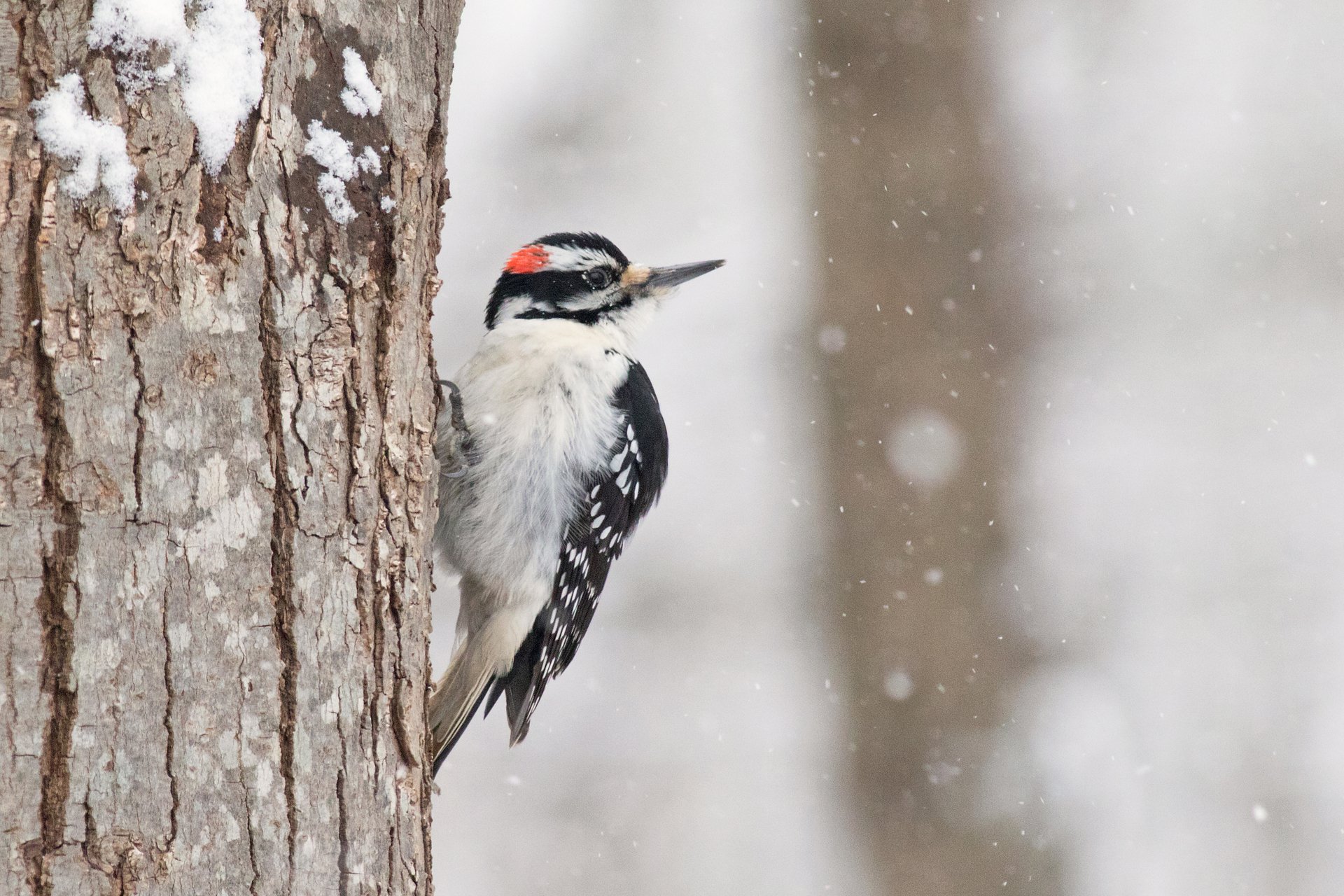
Hairy Woodpecker
Size: About 9¼" long
Beak: Nearly the same length as the head
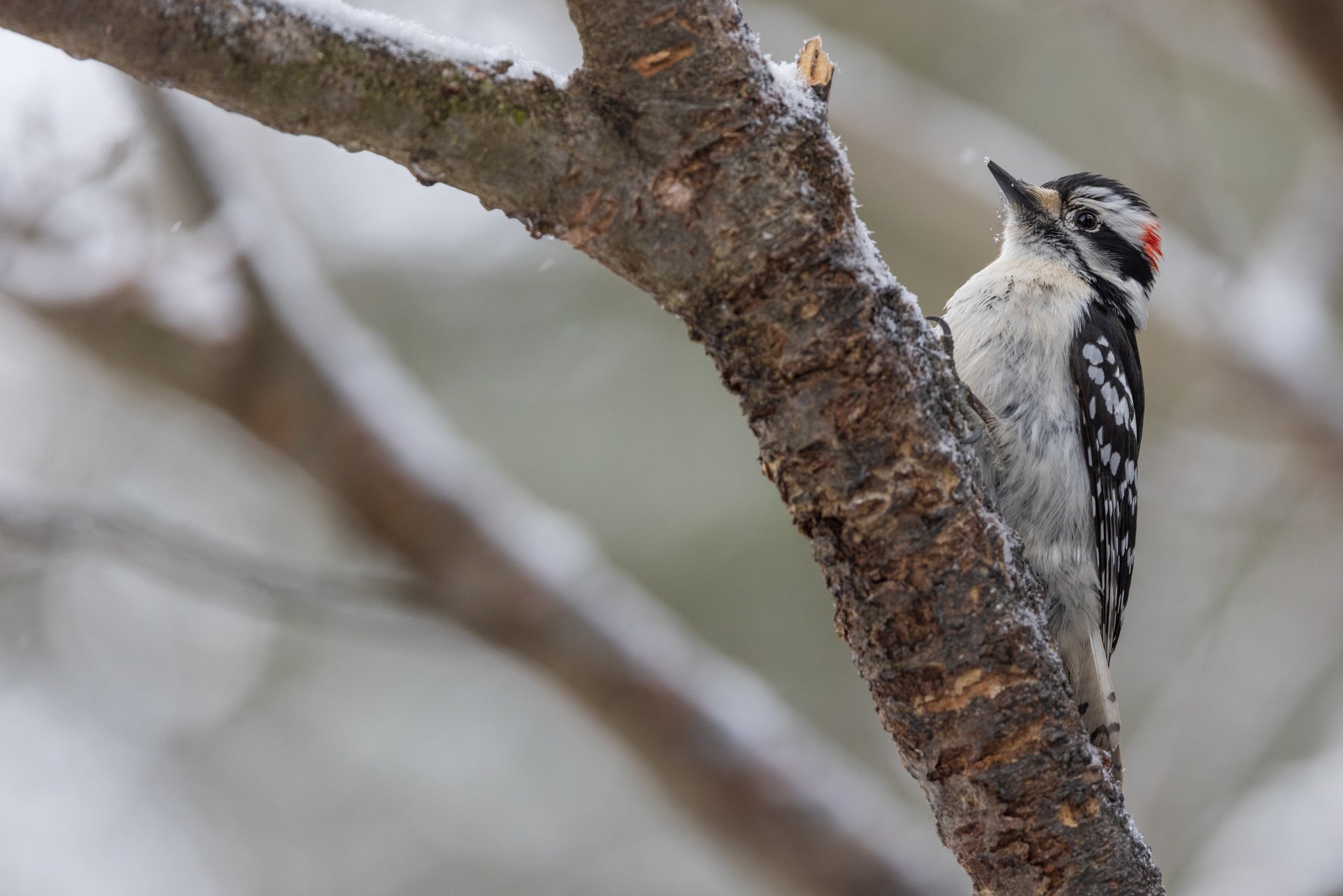
Downy Woodpecker
Size: About 6¾" long
Beak: Much shorter in relation to head size
Purple Finch vs House Finch
At most feeders, a house finch is likely to be more common than purple finch. House finches also tend to be noisier than purple finches, often chirping loudly when visiting feeders.
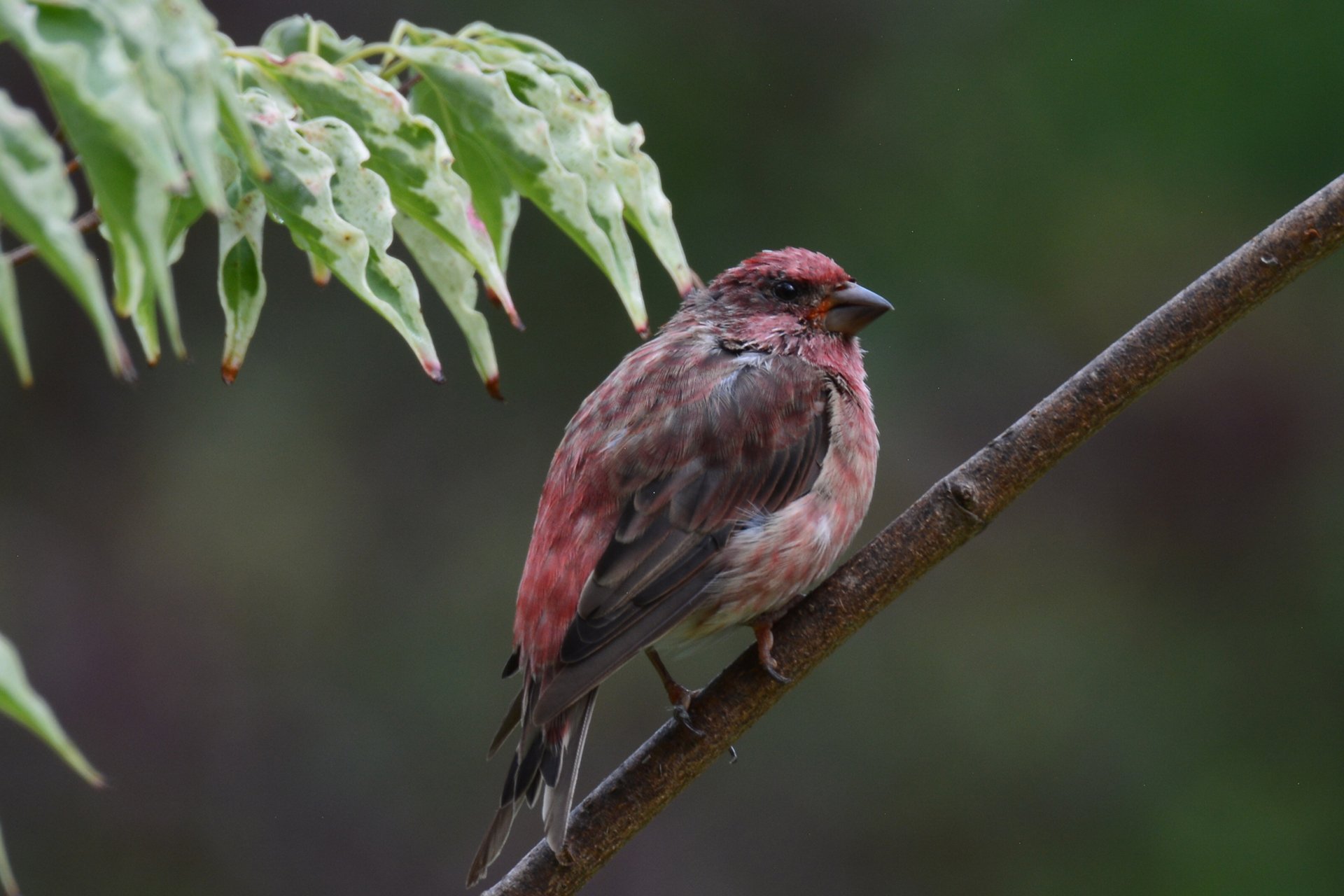
Purple Finch (male)
Body: Chunky, bull-headed and short-tailed
Color: Raspberry red with little or no distinct belly streaking
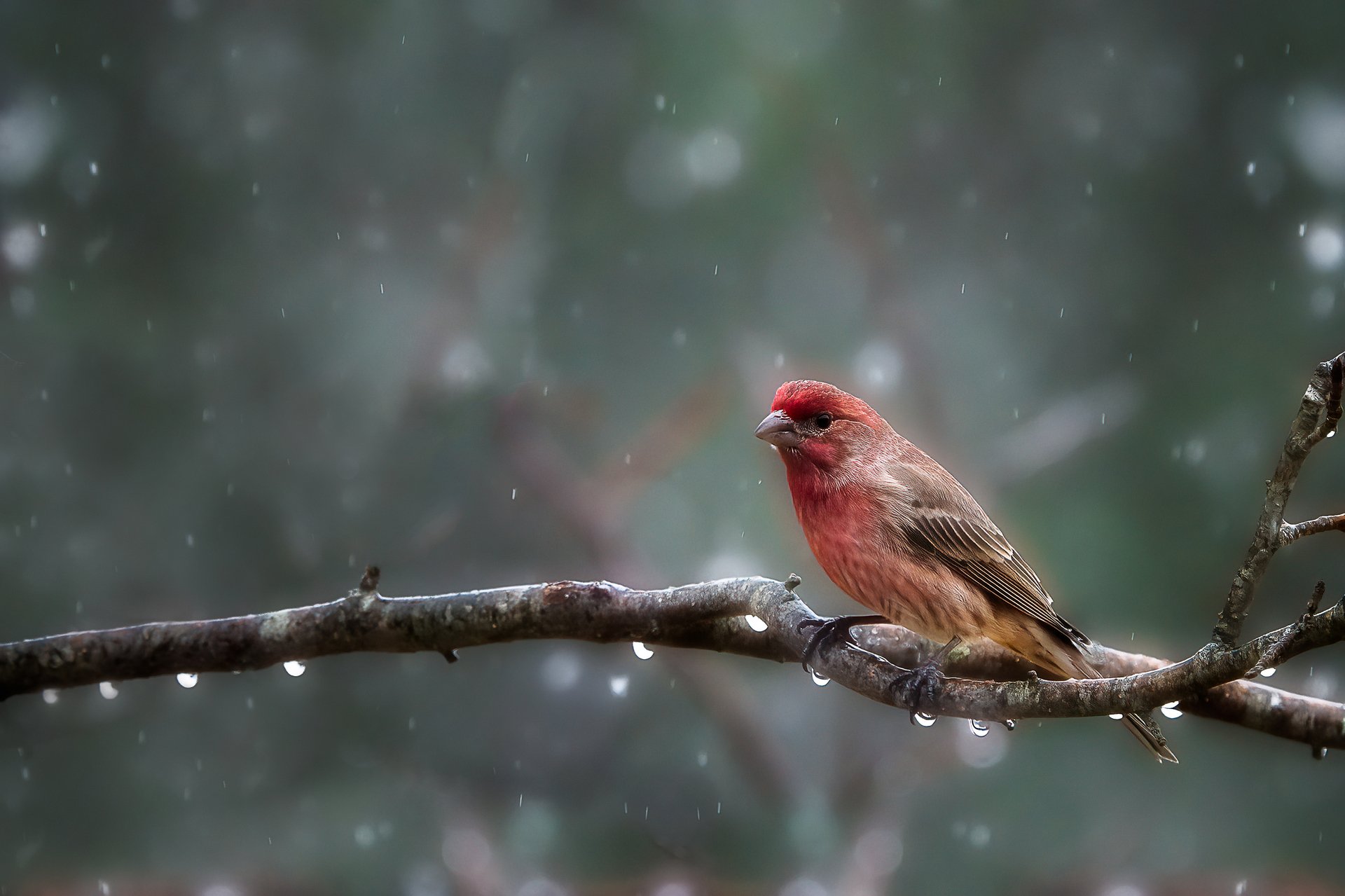
House Finch (Male)
Body: Slim, small-headed and long-tailed
Color: Rose or brick red with streaks on belly
Chipping Sparrow, American Tree Sparrow, & House Sparrow
Sparrows are notoriously difficult to identify, but with a close look are actually quite distinctive. The chipping sparrow is actually quite unusual in Massachusetts in winter, so any sparrow with a rusty cap at a feeder is most likely an American tree sparrow. Abundantly common in urban areas, city sidewalks, and parks, house sparrow females are often seen with the distinctive, black-throated male.
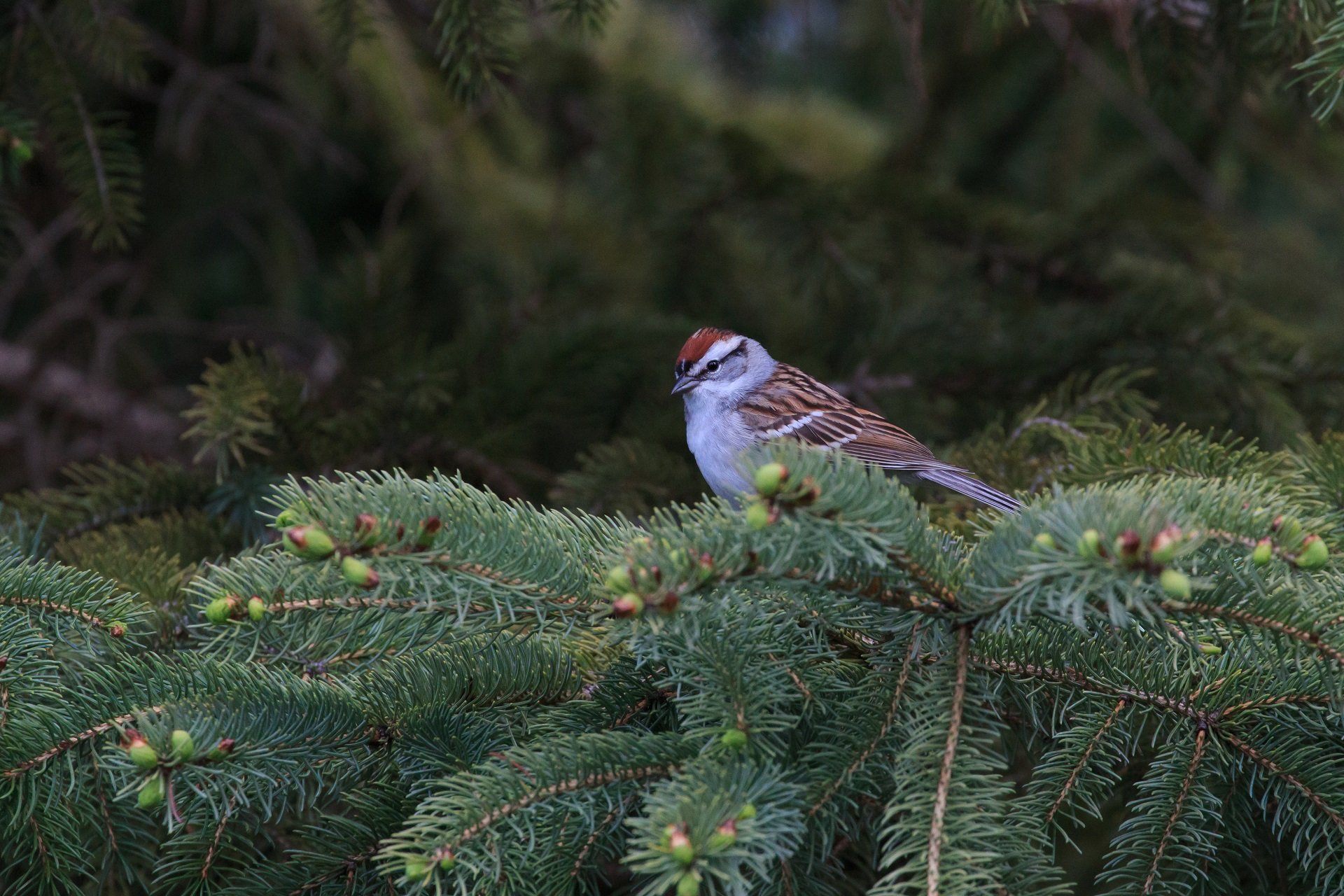
Chipping Sparrow (male & female)
Head: Rusty cap, white stripe over eye, black line through eye
Breast: Plain, no streaks or dark central spot
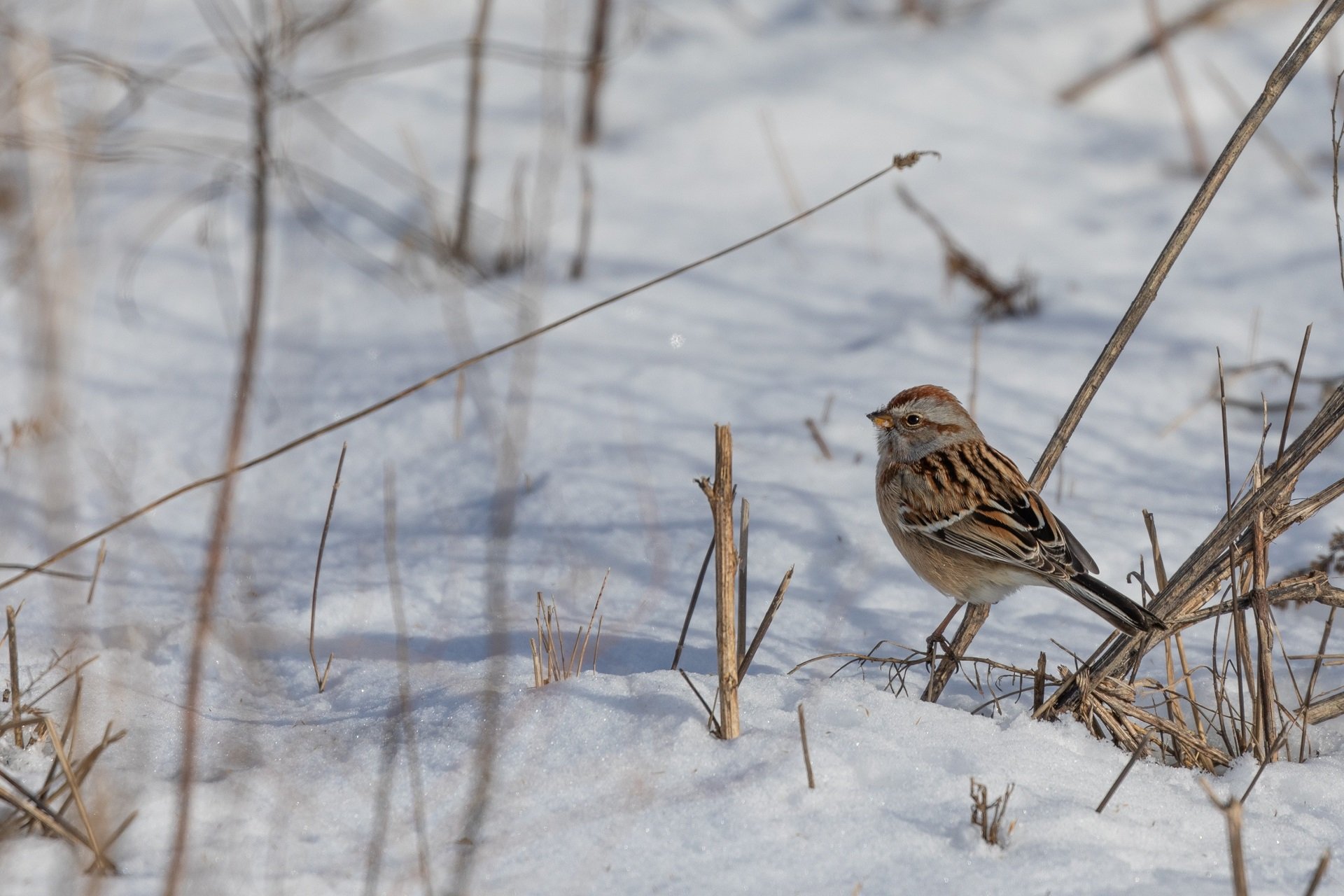
American Tree Sparrow (male & female)
Head: Rusty cap, bill dark above and yellow below
Breast: Plain with a dark central spot
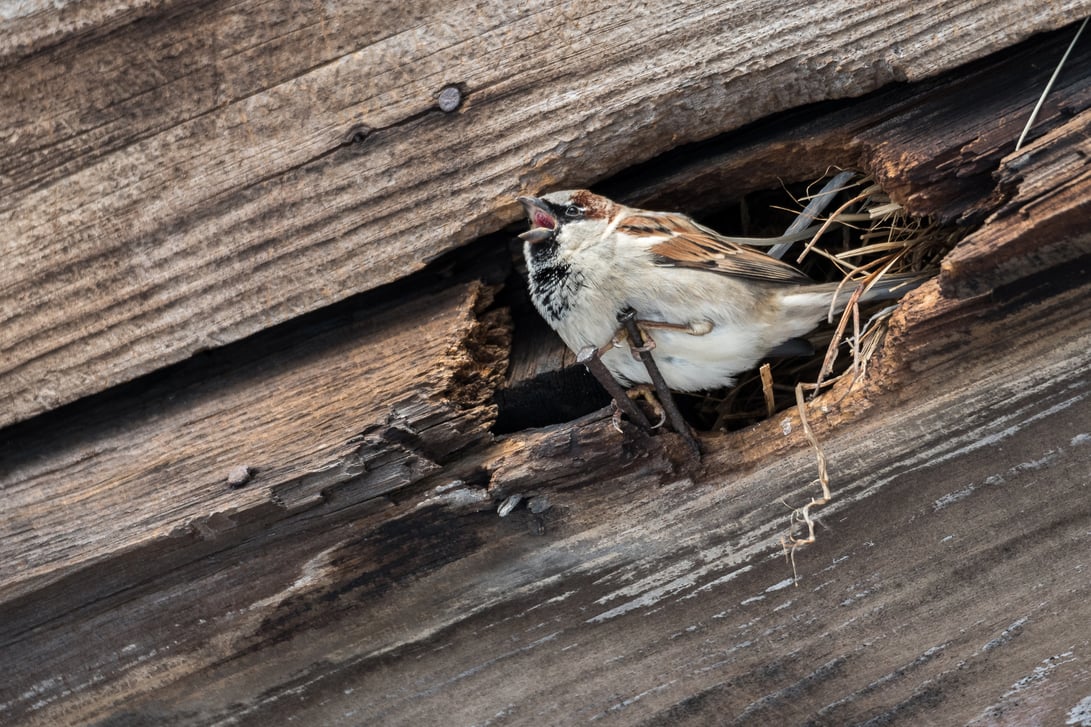
House Sparrow (male)
Head: Gray crown and rusty on back of head; conspicuous black throat
Breast: Plain underparts without streaks; conspicuous single white bar on the wing
Sharp-Shinned Hawk & Cooper's Hawk
These two hawks regularly hunt birds visiting feeders in winter. In many areas, the larger Cooper’s hawk tends to be the more frequently observed species. Aside from its smaller size, the sharp-shinned hawk also lacks white tips on the ends of its tail feathers. In both species, the females are larger than the males.
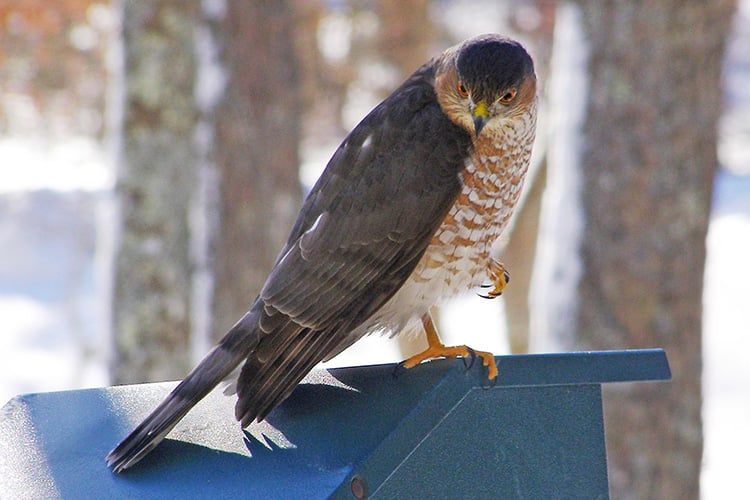
Sharp-Shinned Hawk
Size: 10" - 14” long
Body: Slim and bluish-gray on back; rusty underparts
Head: Tends to be smoothly rounded, no blackish on top
Tail: Tends to appear square-ended without prominent white tips to end of feathers
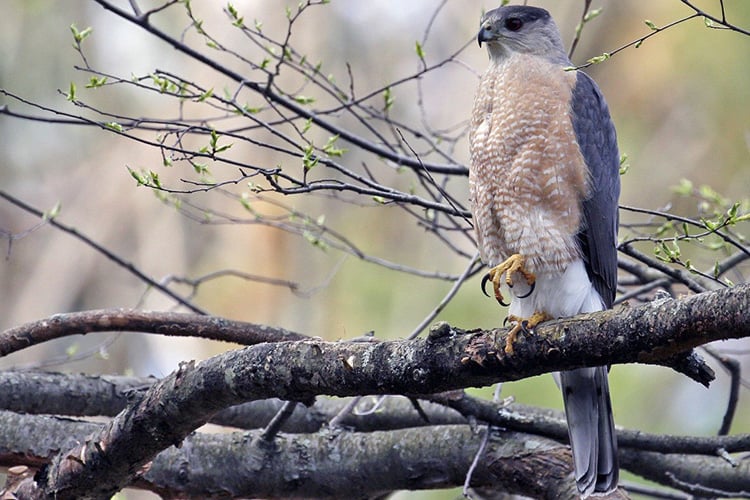
Cooper's Hawk
Size: 14" - 20" long
Body: Robust and bluish-gray on back; rusty underparts
Head: Tends to be squarish (sometimes with crested appearance) and blackish on top
Tail: Tends to appear long and rounded at end with prominent white tips to end of feathers
Learn More About Birds
Practice makes perfect! To sharpen your identification skills, learn more about the common birds found in Massachusetts.
Upcoming Bird Programs
See MoreEarly Birders
-
Felix Neck Wildlife Sanctuary, Edgartown
-
Thursday, August 21
8:00-9:30am
Adults
Birds of Summer: Feeding Adaptations
-
Online
-
Thursday, August 21
7:00-8:30pm
Adults
Friday Morning Birdwatching
-
Newburyport and vicinity
-
Friday, August 22
8:00-11:00am
Adults
Stay Connected
Don't miss a beat on all the ways you can get outdoors, celebrate nature, and get involved.


